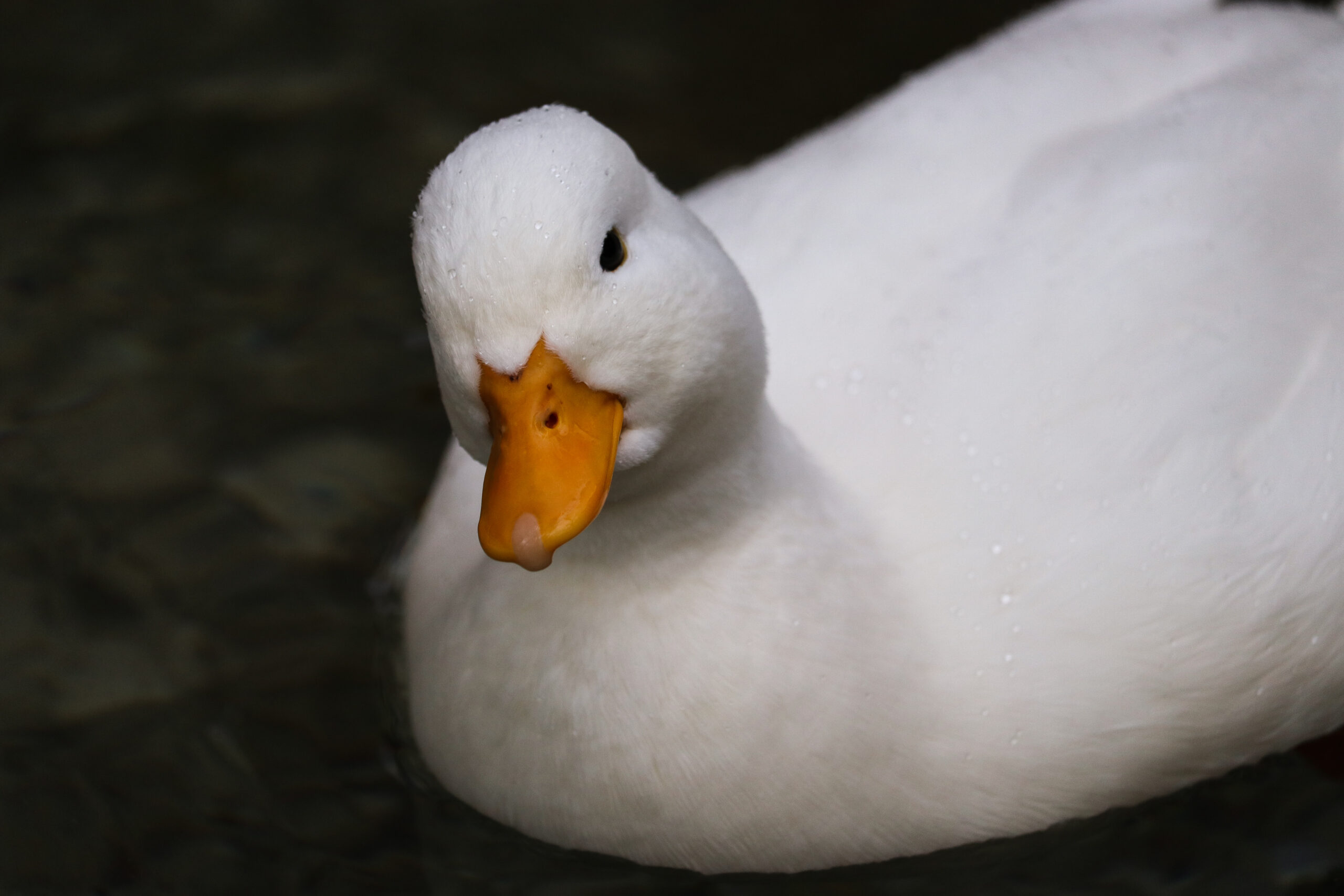Call ducks are very social animals. They will often live in family groups made up of duck pairs and their offspring.
WATERPROOF WATERFOWL
Like many other aquatic bird species, call ducks have interlocked and waxy feathers that render them waterproof. This adaptation helps keep bird warm when swimming through the water.
HELPING CALL DUCKS IN THE WILD
By visiting the Fort Wayne Children’s Zoo, you are supporting local, regional, and global conservation. A portion of every ticket sold goes towards conservation of wildlife and wild places. Each year, the Fort Wayne Children’s Zoo donates over $250,000 to our conservation partners.

